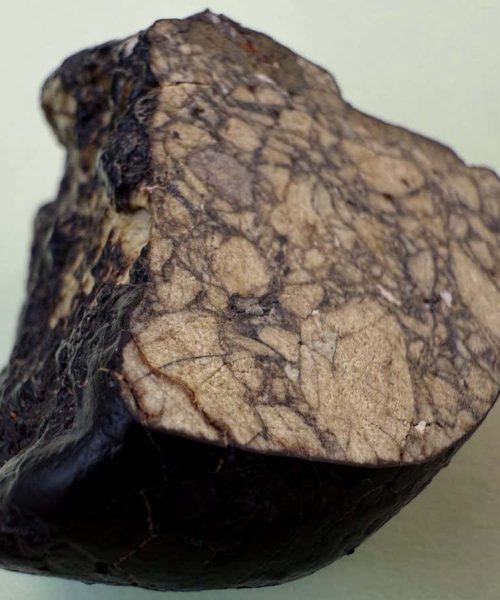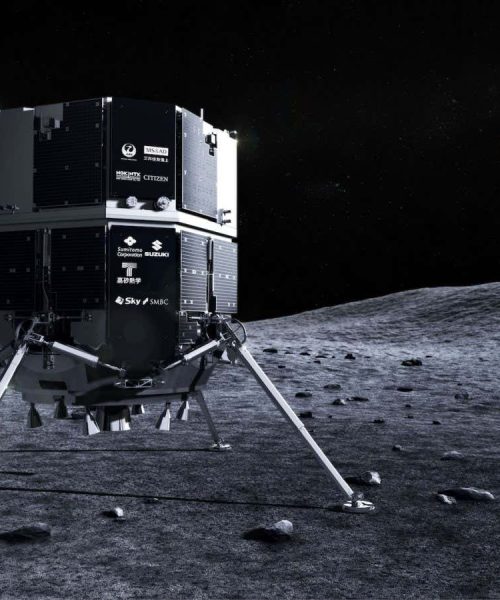
Boeing’s Starliner capsule carried astronauts Butch Wilmore and Sunita Williams to the International Space Station
NASA/Johnson Space Center
UPDATE: In a statement sent to Jeff Foust at Space News, NASA said the sound has stopped, and gave an explanation. “The feedback from the speaker was the result of an audio configuration between the space station and Starliner,” it said. “The space station audio system is complex, allowing multiple spacecraft and modules to be interconnected, and it is common to experience noise and feedback.” The feedback has no technical impact on the crew or the craft’s operations, it added.
The hapless mission to the International Space Station (ISS) involving the Boeing Starliner capsule has encountered another hitch. Over the weekend, Butch Wilmore and Sunita Williams, the two astronauts who recently learned they will be remaining on the ISS until at least February, began hearing strange noises emanating from the Boeing craft.
“There’s a strange noise coming through the speaker,” Wilmore told mission control in Houston, Texas, on 31 August, in a recording captured by an enthusiast. “I don’t know what’s making it.”
Advertisement
Mission control told Wilmore they would investigate the regular, pulsing sound. In response to New Scientist’s request for comment, Boeing deferred to NASA and NASA didn’t immediately respond.
The Starliner capsule carried Wilmore and Williams to the ISS on 5 June, but the planned return journey with its passengers has been deemed too risky due to thruster failures and helium leaks.
The noise is baffling space industry experts, as well as mission control. “That’s very odd,” ,” says Martin Barstow at the University of Leicester, UK. “I have zero experience of being in a spacecraft, so I don’t really have any idea.”
Social media posts have speculated that it could be sonar interference, but it would be impossible for such interference to come from outside the capsule because sound waves can’t propagate in space, says Jonathan Aitken at the University of Sheffield, UK. “My guess is it’s nothing major,” he says. “The bigger question for me is whether it’s one speaker that’s producing the noise or the entire comms system.”
To investigate the source of the noise, Barstow would recommend a thorough audit of the craft. “I would be wondering where all the microphones are that might provide an input and looking to isolate them,” he says. “However, it could be generated by the electronics of the audio system.”
Barstow notes that the regular – but occasionally jumpy – nature of the pulse might lend credence to the idea that this is an electronics interference issue.
That hypothesis is supported by Phil Metzger at the University of Central Florida, who has previously worked on testing the intercom systems for the ISS as co-founder of NASA’s Swamp Works research facility at Kennedy Space Center in Florida. “Electromagnetic interference (EMI) is very common and hard to eliminate,” he wrote on X.
Metzger, who didn’t respond to New Scientist’s interview request, explained on social media that interference could come from outside the Starliner itself. “During one test, we were hearing noise that we finally traced to the power inverters that were part of the test facility, not even in the spacecraft,” he wrote. “I would bet this sound in Starliner is EMI leaking into an audio cable that has a loose braid at the connector interface or something like that.”
What ought to be done about it is another question. Wilmore’s radio conversation with mission control suggested neither he nor Williams was too concerned about the noise, though they were confused about its source.
Given that Starliner will be flying back to Earth alone on 6 September, there is no huge rush to find out what the problem is. “I don’t think it’s important given no crew will be flying back in it, but unusual things should always be investigated,” says Barstow. “It might shed light on a hidden issue.”
Topics:





